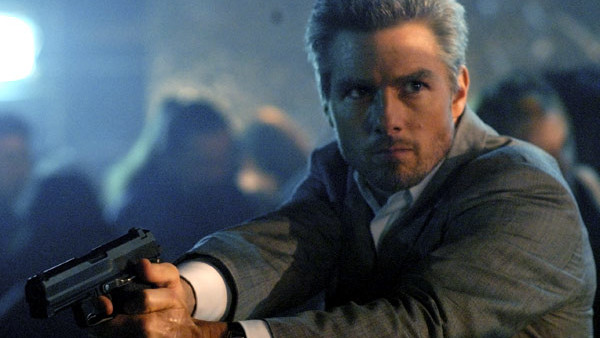Film Theory: Collateral Is A Grand Theft Auto Movie
5. The Narrative Structure

Collateral's plot of course follows a down-and-out cab driver, Max (an Oscar-nominated Jamie Foxx), who is unlucky enough to find himself driving an assassin, Vincent (Tom Cruise), around Los Angeles as he carries out five hits.
The entire film is focused on Vincent's assignments in a manner not dissimilar to a video game, with a list of objectives the "player character" must follow, and each mission leading to a climactic confrontation with a distinctive style.
Vincent's various hits all feel like typical assassination jobs you'd find in any GTA game, driving around the city and killing ambiguously-moralled people.
That Max is a cab driver is all-too-perfect, given the iconic utility of the cab driving missions in the GTA series, which have been a classic mainstay ever since the franchise went 3D almost 20 years (!) ago.
The movie's biggest set-pieces dare to go further and echo some marquee GTA missions: the Club Fever shootout, for instance, is the most GTA-esque sequence in the entire film, combining a unique location with a target to be killed, and tons of moving parts as Vincent has to fend off the cops, Felix's (Javier Bardem) men and also the target's bodyguards while navigating his way through innocent "NPCs." If that ain't Vice City, what is?
The fact that there are three main characters even boasts shades of GTA V's character-switching gimmick - which, of course, was released almost a decade after Collateral - with Max, Vincent and Detective Fanning (Mark Ruffalo) feeling like playable GTA characters in their own rights that we, as viewer or "player", swap between throughout the movie.
With the narrative framework coinciding perfectly with GTA's gameplay structure, let's consider just how convincingly Collateral's characters could also slot into a GTA game...